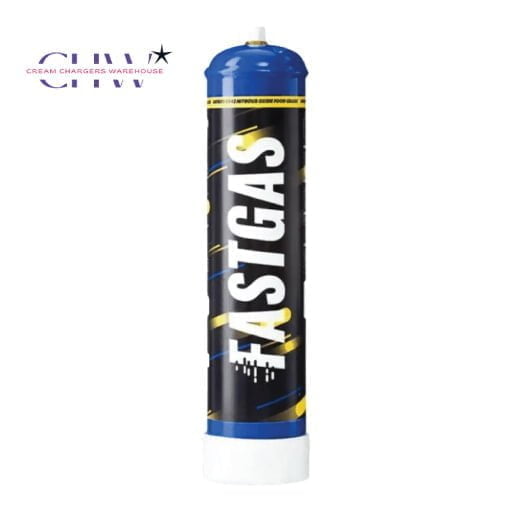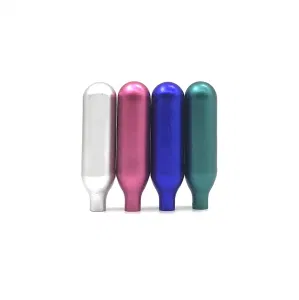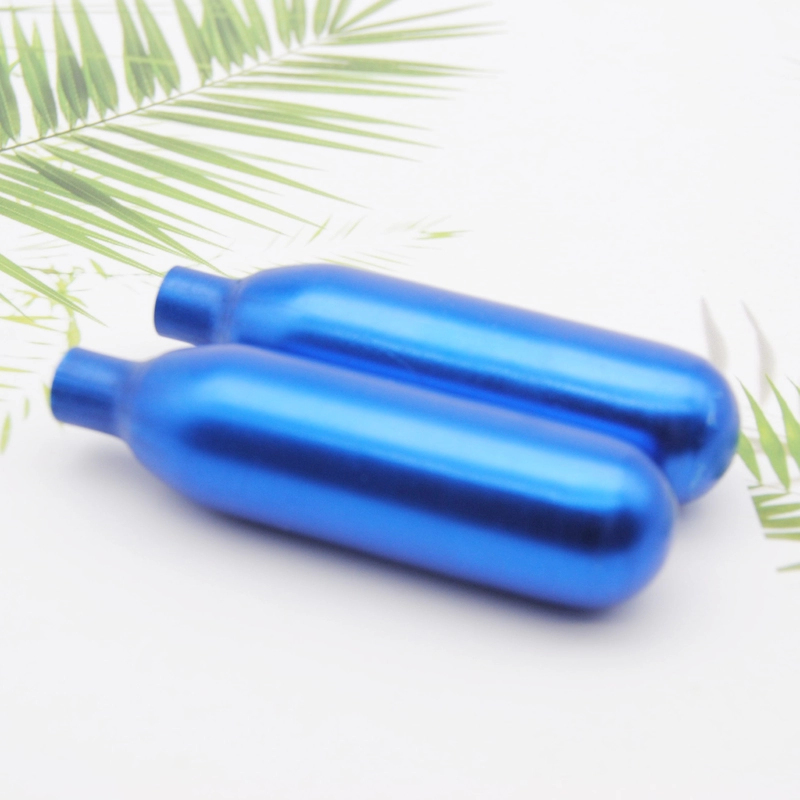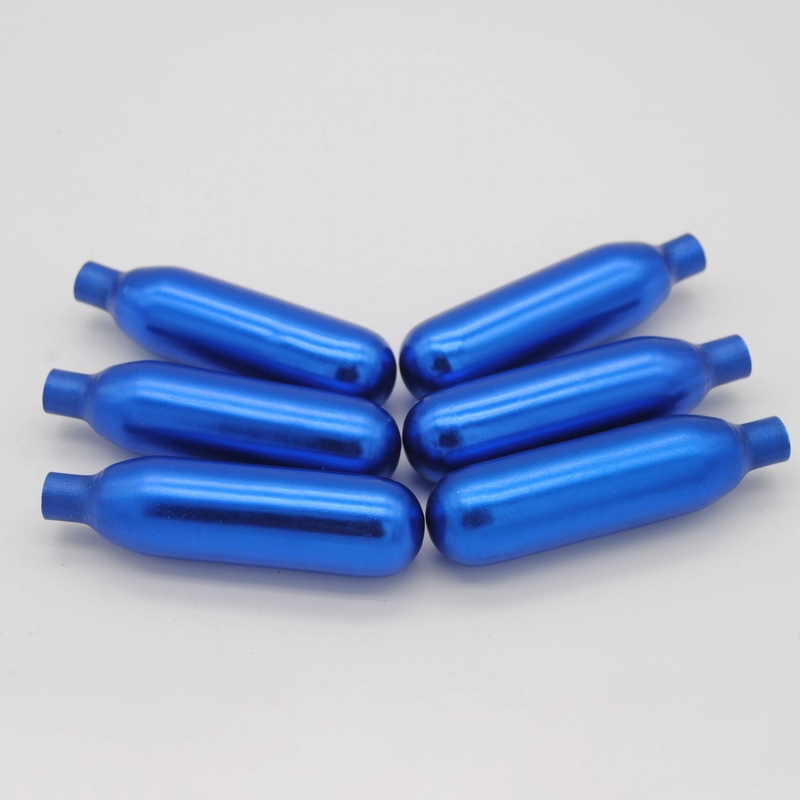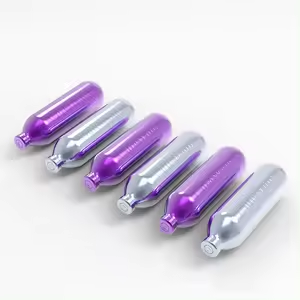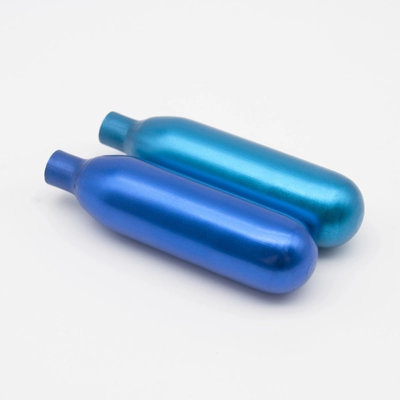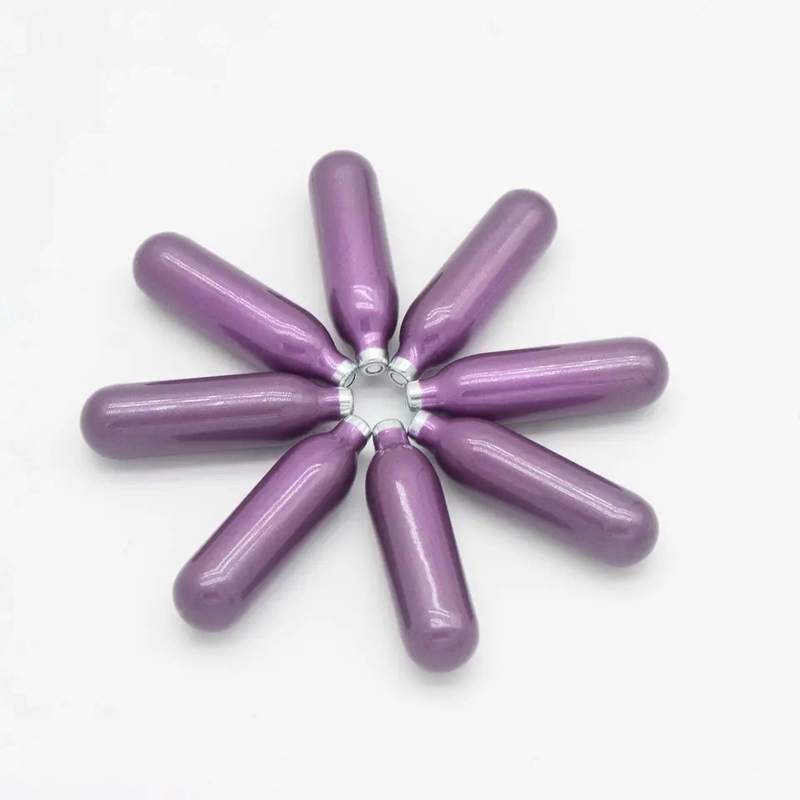Introduction:
While the Fast Gas Nitrous System revolutionizes the world of cream dispensing with its cutting-edge technology, it’s crucial to prioritize safety in every step of the process. In this blog post, we will explore important reminders for handling the Fast Gas Nitrous Oxide Cylinder, safety precautions when using the cream charger system, and proper storage and disposal guidelines to ensure a safe environment for both professionals and home cooks.
Important Reminders for Handling the Fast Gas Nitrous Oxide Cylinder:
- Read the User Manual: Before using the Fast Gas Nitrous Oxide Cylinder, take the time to thoroughly read and understand the user manual provided by the manufacturer. Familiarizing yourself with the guidelines and safety instructions ensures a proper and informed approach to handling the cylinder.
- Inspect the Cylinder: Before each use, visually inspect the Fast Gas Nitrous Oxide Cylinder for any signs of damage, leaks, or wear. Do not use a cylinder that shows any of these issues, and contact the manufacturer for guidance on proper inspection and replacement.
- Proper Transportation: When transporting the Fast Gas Nitrous Oxide Cylinder, ensure it is securely fastened in an upright position. Avoid dropping or mishandling the cylinder, as this can compromise its integrity and safety features.
Safety Precautions While Using the Cream Charger System:
- Ventilation: Always operate the cream charger system in a well-ventilated area. Adequate ventilation helps disperse any escaped gases, ensuring a safer environment during the dispensing process.
- Use in a Controlled Environment: Cream dispensing should take place in a controlled environment, away from open flames or heat sources. Avoid using the Fast Gas System in confined spaces, as proper ventilation is crucial for the safe release of nitrous oxide gas.
- Personal Protective Equipment (PPE): Consider using personal protective equipment, such as gloves and safety glasses, when handling the Fast Gas Nitrous Oxide Cylinder and the cream charger system. This adds an extra layer of protection and minimizes the risk of injury.
Proper Storage and Disposal Guidelines to Ensure a Safe Environment: - Secure Storage: When not in use, store the Fast Gas Nitrous Oxide Cylinder in a secure and well-ventilated area. Keep it away from direct sunlight, heat sources, and flammable materials. Ensure that the storage space is cool and dry.
- Disposal Considerations: When the Fast Gas Nitrous Oxide Cylinder is empty, follow proper disposal guidelines. Many cylinders are recyclable, so check with local recycling facilities for information on how to dispose of the cylinder responsibly. Never puncture or incinerate the cylinder.
- Educate Users: If you’re in a professional setting, educate your team or staff on the importance of safety protocols when using the Fast Gas System. Ensure that everyone involved in the cream dispensing process is aware of the potential risks and knows how to handle the equipment safely.
Conclusion:
In conclusion, while the Fast Gas System promises innovation and efficiency in cream dispensing, safety considerations should always be at the forefront. By adhering to important reminders for handling the Fast Gas Nitrous Oxide Cylinder, practicing safety precautions during cream dispenser system use, and following proper storage and disposal guidelines, users can create a secure environment for culinary exploration. Responsibly harnessing the power of the Fast Gas System not only ensures the safety of individuals involved but also contributes to a culture of responsible and mindful culinary practices.

